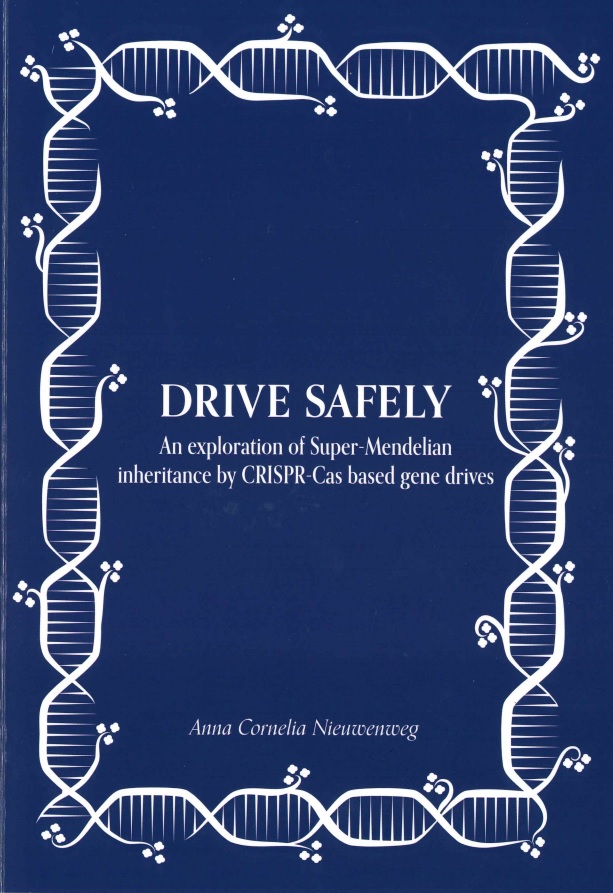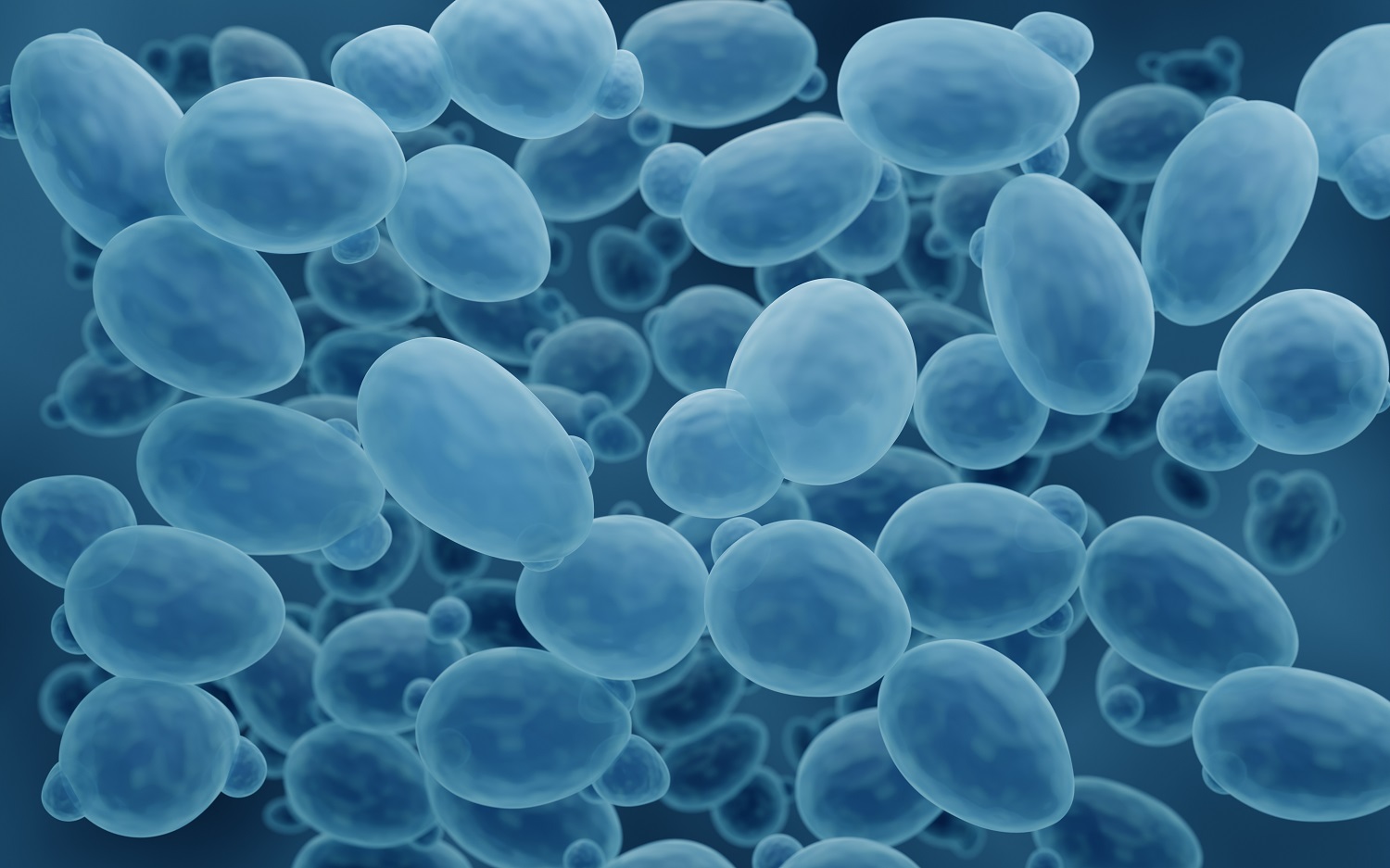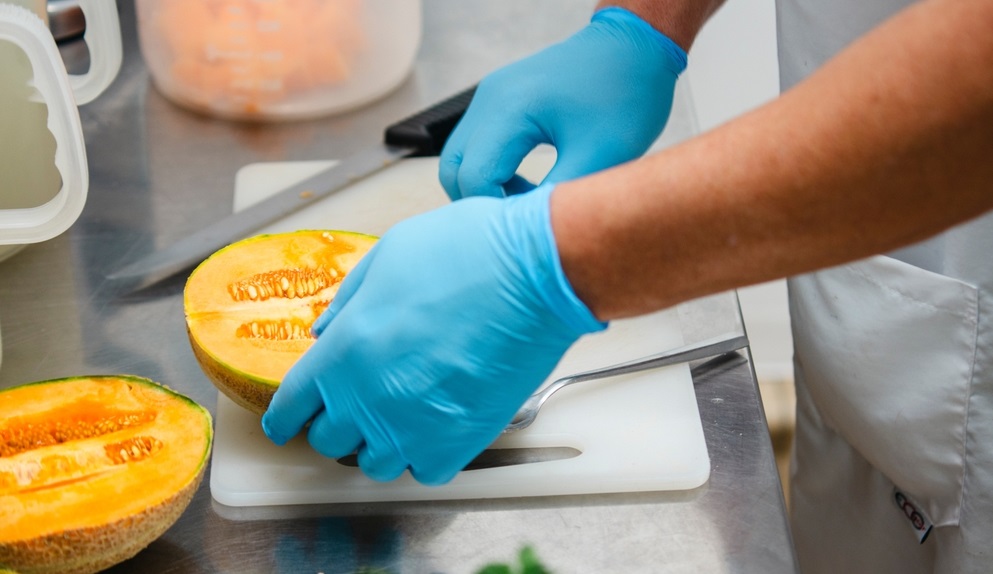CRISPR-Cas allows you to make targeted changes to genes. This revolutionary copy-paste technology has rapidly become mainstream. Changes follow the Mendel law: they are passed on to a portion of the offspring. However, there is another option: gene drives cause all offspring to possess the altered DNA. PhD student Carina Nieuwenweg developed a method to use yeast to her advantage.
Gene drive technology is a recent development. In essence, it is a specific application of CRISPR-Cas. Says Nieuwenweg. This technology ensures that the alterations made are propagated through the entire population. ‘In doing so, the mechanism bypasses Mendel’s classic laws of genetics. Gene drives are thus also called self-serving; propagation is not necessarily linked to an effect on survival.’
Baker’s yeast
Sexual reproduction is required for gene drives. For her study, which was partly funded by TNO, Nieuwenweg used baker’s yeast. Initially, her goal was to study how the new technology works. However, her focus changed when she realised gene drives can be used as a tool ‘to implement multiple genetic modifications simultaneously.’
‘In normal inheritance of two yeast strains with the desired mutations a and b in their DNA, both properties are found in one-quarter of their descendants’, she explains. ‘Which ones can only be determined through testing, which is a lot of work. Gen drive ensures that all of the descendants have the desired properties, which is why working with gene drives is exponentially faster, especially if the number of genes to be modified increases.’

Accelerate
‘If you want yeast to produce a particular compound, it does not normally produce. Many genes and metabolic pathways must be modified’, she clarifies. ‘What combinations of mutations work well is often unknown beforehand, so alterations are made in sequence. Four alterations using the classical method are a lot of work but doable. But with ten alterations, it is impossible. That is where gene drives provide a solution.’
My goal is to replace existing non-sustainable production methods in substances by production using micro-organisms
Carina Nieuwenweg,Microbiology group
Nieuwenweg developed yeast strains and a method to turn yeast into tiny factories rapidly. She envisions a bright future for this “platform”. ‘My goal is to replace existing non-sustainable production methods in substances by production using micro-organisms. This development is currently stalled due to the energy and cost involved in making the yeast strains that are capable of doing this. However, gene drive will help us accelerate this process.’
Plus Ultra III
A patent for this method is currently pending. The next step is, supported by the Knowledge Transfer Office of WUR, to create a business. ‘But further development is required before you can take proof of concept to the market. I am vying for a grant with the Systems & Synthetic Biology group, which will cover a two-year period for development into a spin-out. And perhaps Plus Ultra III next. That would be awesome.’

 Illustration Shutterstock
Illustration Shutterstock 

